|

|
Regulatory Compliance Monitoring
|
|

|
Remote Asset Management
|
|

|
Remote Collaboration
|
|
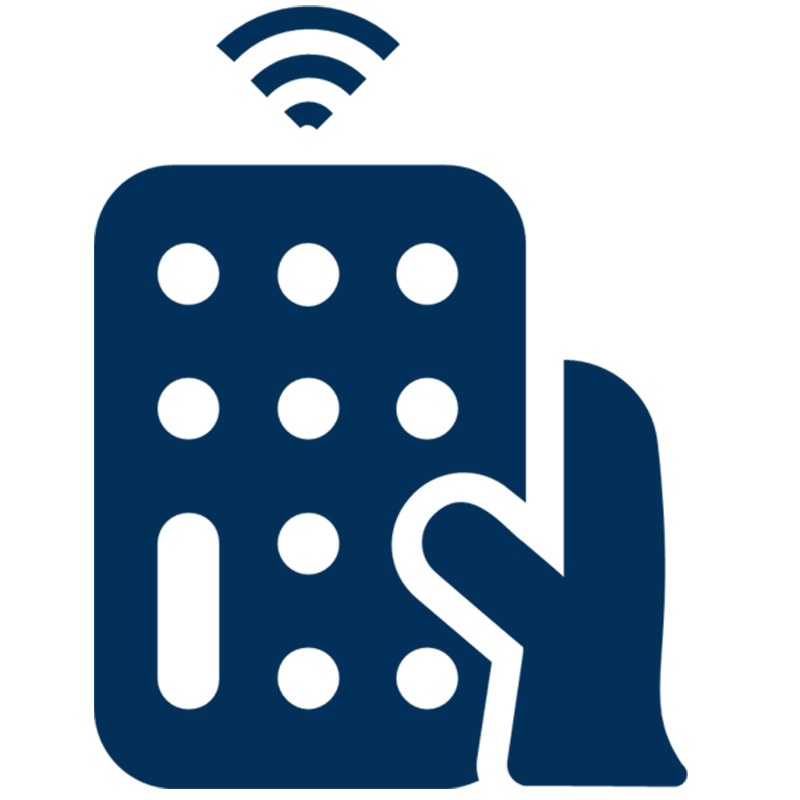
|
Remote Control
|
|
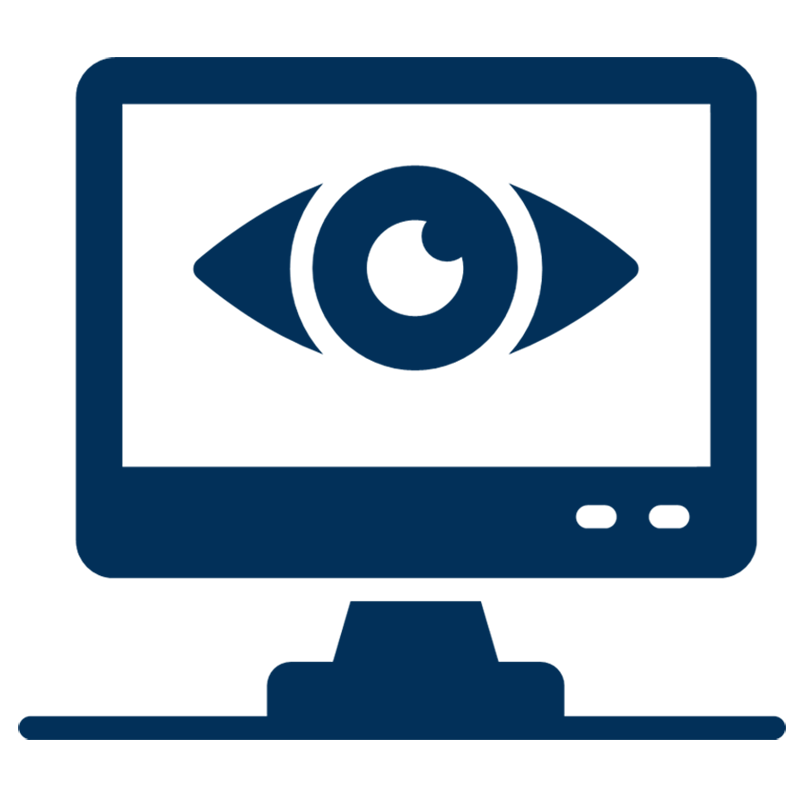
|
Remote Patient Monitoring
|
|
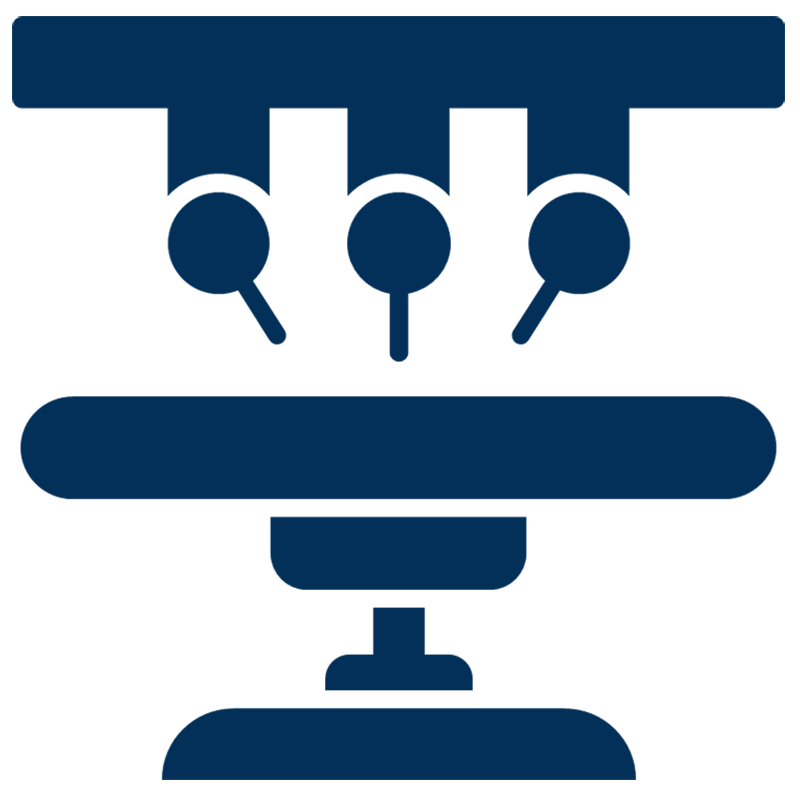
|
Remote Surgery
|
|

|
Retail Store Automation
|
|
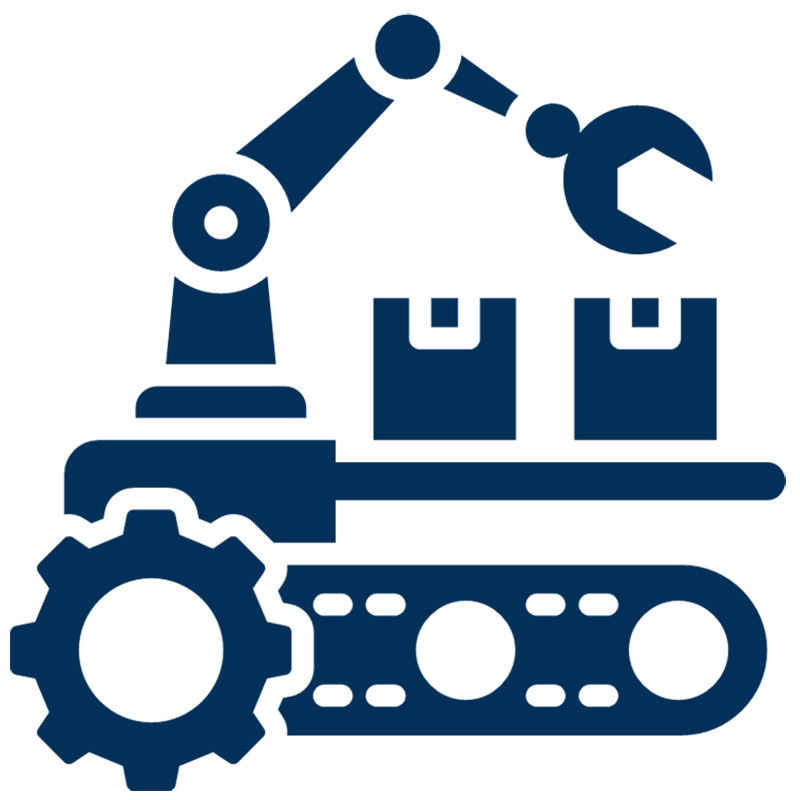
|
Robotic Assembly
|
|
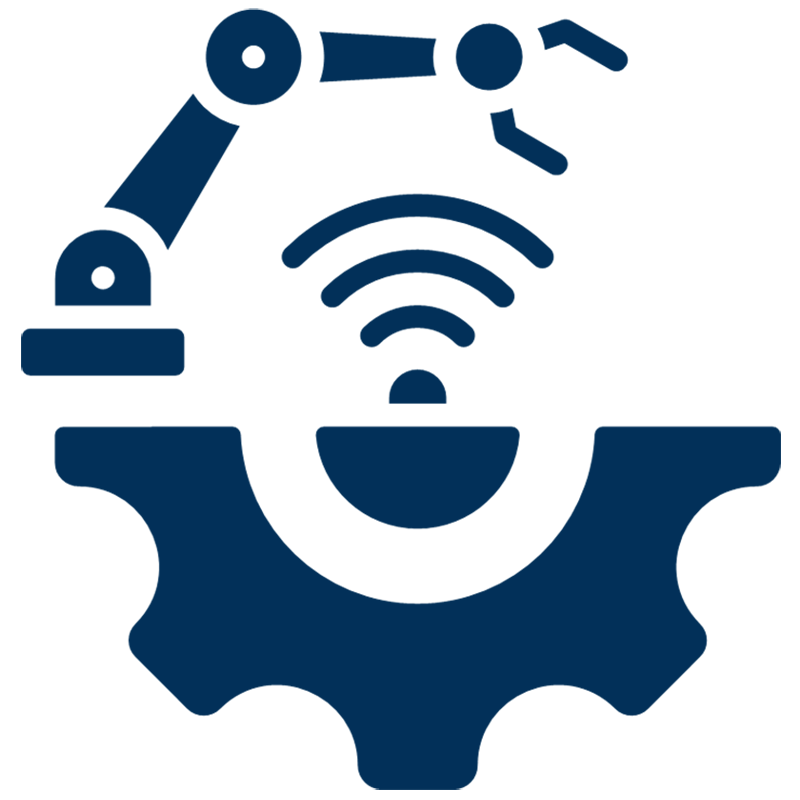
|
Robotic Disassembly
|
|

|
Robotic Machine Tending
|
|

|
Root Cause Analysis & Diagnosis
|
|

|
Search & Rescue
|
|
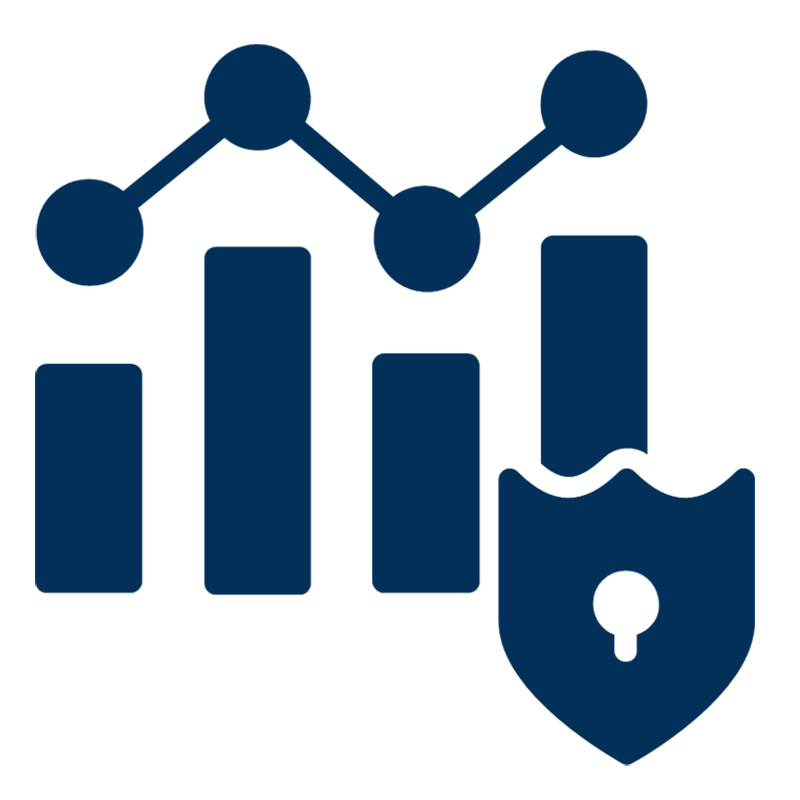
|
Security Claims Evaluation
Security Claims Evaluation is an open and easily configurable cybersecurity platform for evaluation of endpoint, gateway, and other networked components’ security capabilities.
|
|

|
Service Parts Management
|
|

|
Smart Campus
|
|
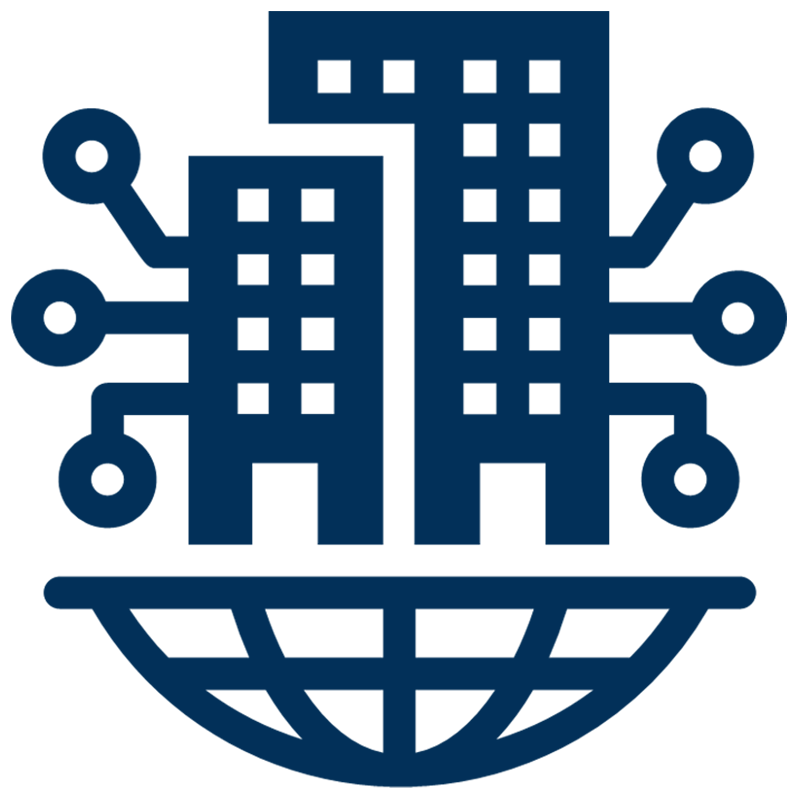
|
Smart City Operations
|
|

|
Smart Collateral Management
|
|
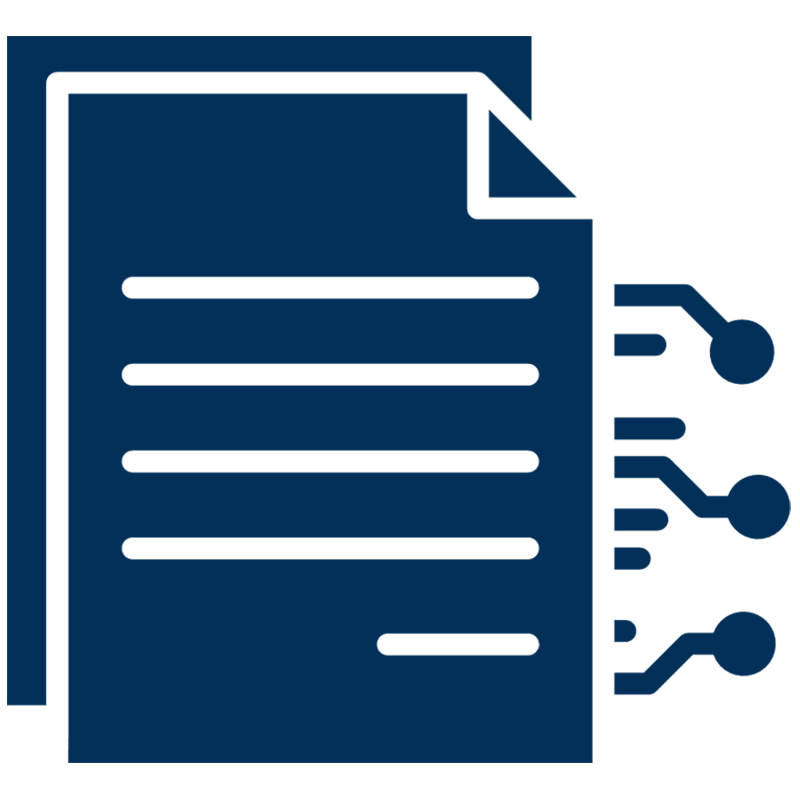
|
Smart Contracts
|
|

|
Smart Irrigation
|
|

|
Smart Lighting
|
|

|
Smart Parking
|
|
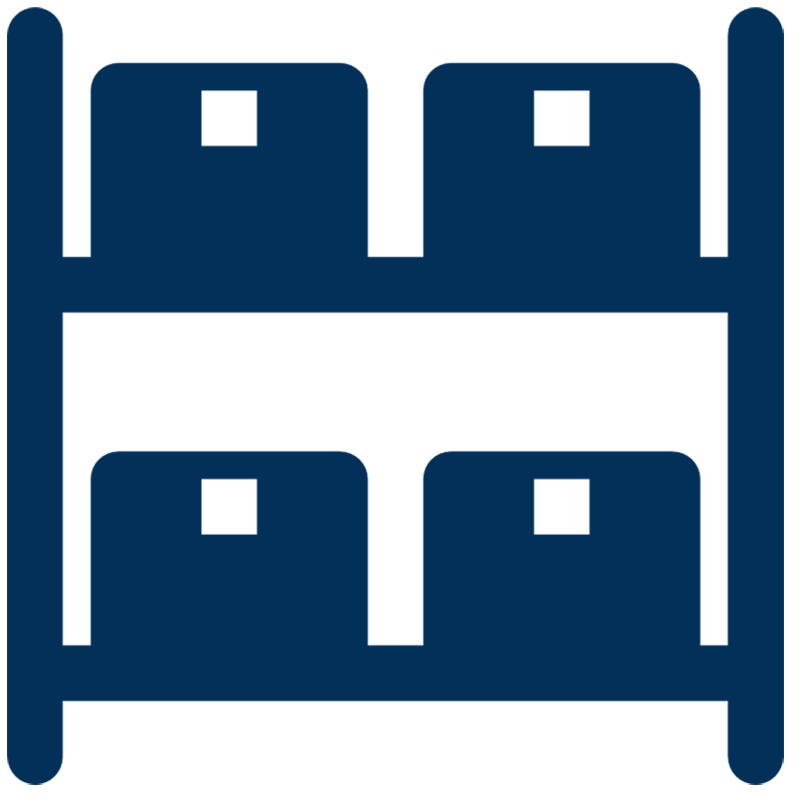
|
Smart Shelves
|
|

|
Speech Recognition
|
|
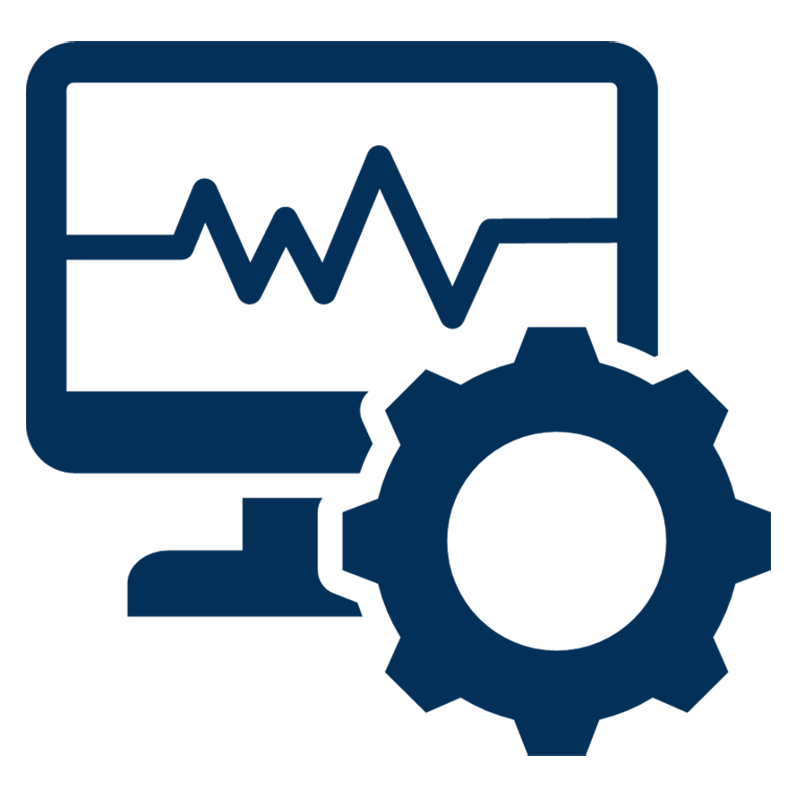
|
Structural Health Monitoring
Structural Health Monitoring (SHM) enables engineers to improve the safety and maintainability of critical structures. SHM combines multiple sensing technologies with an embedded measurement controller to capture, log, and analyze real-time data. CHALLENGES / REQUIREMENTS - A system is required to monitor the real-time structural parameters and analyze the health of the structureSTAKEHOLDERS - Users and owners of the structureKEY OBJECTIVES - To detect and repair problems in a structure before it collapses- Human safety- To detect and repair problems in a structure before it collapsesTYPICAL SYSTEM CAPABILITIES - To detect the structural hazards in a specific structure and adjust repair schedule accordinglyUSAGE VIEWPOINT - Sensors located on the structure send real-time data to the analytical software tools- According to the inputs from sensors, health and life of the structures is decided- If any hazard found, repair schedule is planned accordinglyFUNCTIONAL VIEWPOINT - Sensors: Civil structure health sensor nodes- Network: Wide Area Network (WAN)- Standards: - Augmented Intelligence: Descriptive analysis- Augmented Behavior: Machine-to-machine (M2M) interfaces
|
|
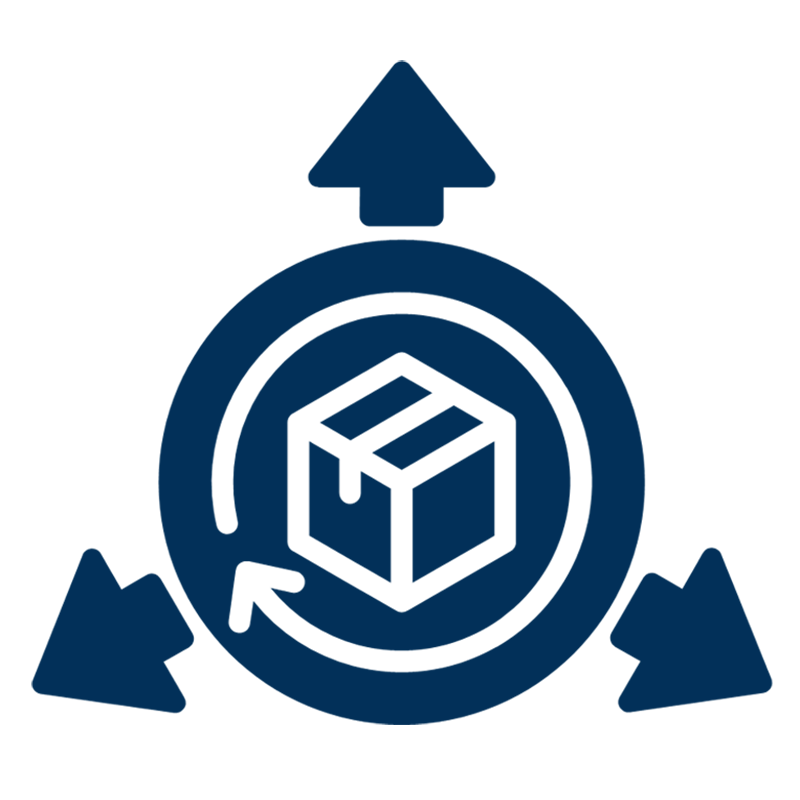
|
Supply Chain Visibility
The ability to track inventory in real time through solutions like RFID tags and advanced barcodes positions organizations to gather more detailed information about assets.
|
|
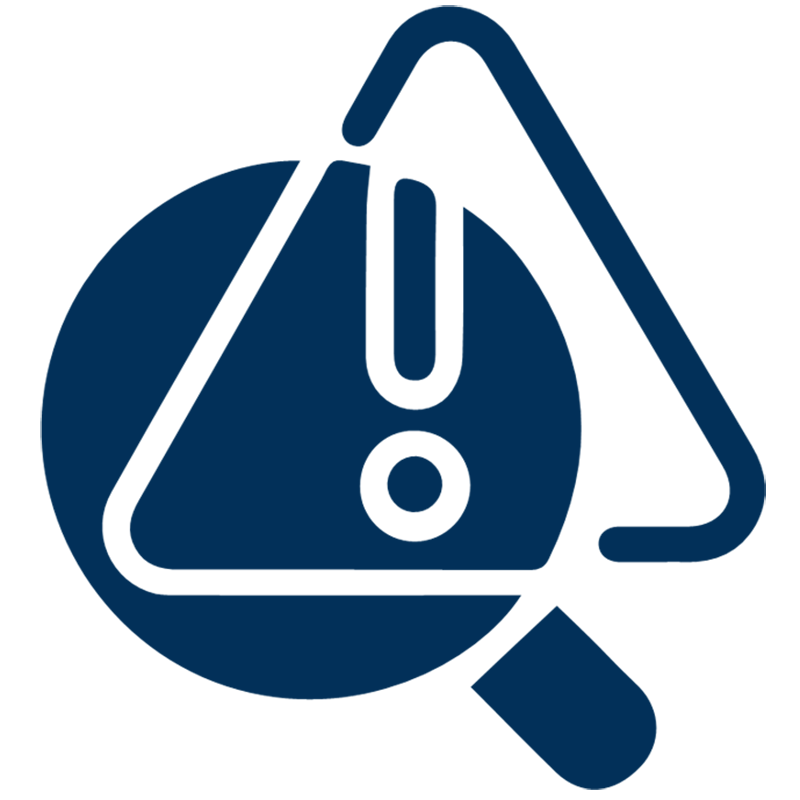
|
Tamper Detection
Tamper detection is the ability of a device to sense that an active attempt to compromise the device integrity or the data associated with the device is in progress; the detection of the threat may enable the device to initiate appropriate defensive actions.
|
|
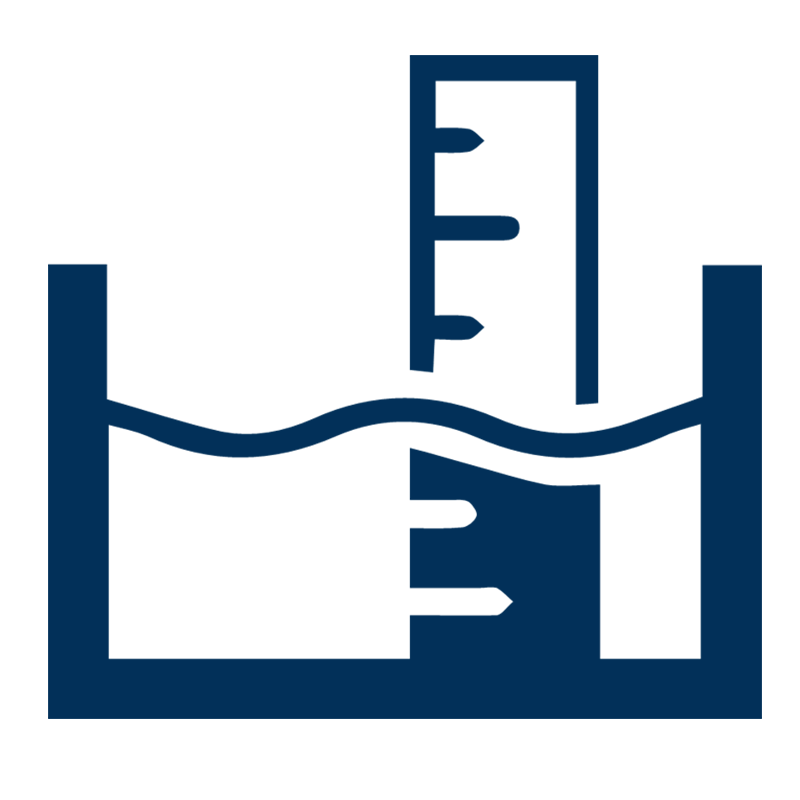
|
Tank Level Monitoring
|
|

|
Theft Detection
|
|

|
Time Sensitive Networking
The technology will be used to support real-time control and synchronization of high performance machines over a single, standard Ethernet network, supporting multi-vendor interoperability and integration..
|
|

|
Track & Trace of Assets
Track and trace for industrial tools refers to systems capable of recognizing and reporting the location and status of tools in a facility. Today's factories require exacting work. Track and trace technology can improve production safety, quality, and productivity. Asset tracking is currently done via barcode and a variety of manual steps in most cases. However, new solutions leveraging smart tags, near-field communication (NFC), and RFID are coming to market to globally track all varieties of objects in real time.CHALLENGES / REQUIREMENTS- Tracking of handheld tools for optimized use- Avoid misuse of tools which can result in serious accident or injury- Precise application of pressure or torque is required in many industries and operator error can cause costly defects- Production of industrial and consumer goods requires exacting workSTAKEHOLDERS- Industrial operations- Equipment manufacturers- Cloud platform providersKEY OBJECTIVES- Factory systems can detect the location of a tool to within a meter or less- More precise use of the tools reduces the likelihood of product defects- Status monitoring and automation can ensure proper tool use to avoid accidents- Equipment utilization can be improved with better asset visibilityTYPICAL SYSTEM CAPABILITIES- Real-time tracking of location- Monitoring of availability and operational status- Communication to operators via device user interfaces USAGE VIEWPOINT- Tools are continuously monitored for location, use and idle time- Data for every tool is provided to the monitoring software, which monitors for optimal use of the tools to avoid accidents and improve precisionFUNCTIONAL VIEWPOINT- Sensors: Vibration, torque, heat, energy consumption- Network: WiFi, Wide Area Network (WAN)- Standards: - Augmented Intelligence: Prescriptive analytics- Augmented Behavior: Machine-to-human (M2H) interfaces
|
 338 Nanjing West Road. Tian'an
338 Nanjing West Road. Tian'an  Im Mediapark 5
Im Mediapark 5